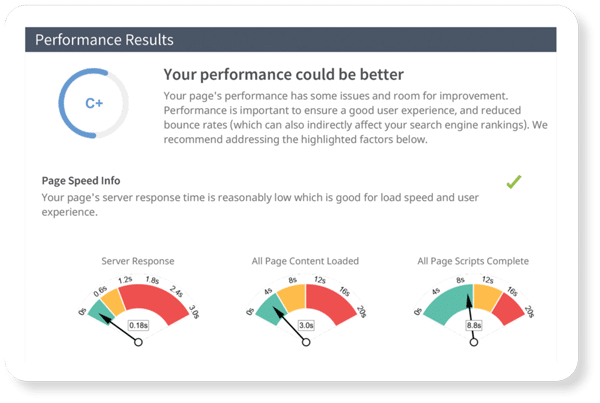Online and traditional marketing both offer benefits. When successfully combined, your marketing dollars can go much further. Internet capable devices are more mobile today than ever. If a person sees your TV ad their computer, their iPad or mobile phone is probably within arms reach. In fact research shows that one of the most frequent uses of the iPad is to surf the Internet while while watching TV!
Both online and traditional media campaigns start with planning. First, you must determine the purpose of the campaign and the best medium to get your message across. Once you determine the purpose, set a budget and create a schedule.
If you use traditional advertising mediums like print, TV or radio, make sure you direct people to your web properties. Create a URL specific to the campaign and media. Make the URL short and easy to remember. You can redirect the campaign URL to a page on your website or create a custom page.
Next, decide on an online activity you want interested people to undertake. Consider what will align with the message of the ad and provide the most value to your business. Do you want to: drive traffic, increase social media followers, fill out a lead form. Once you decide, summarize the goal in one sentence. “I want to use TV ads on Oxygen to increase the number of Botox appointments by encouraging people to fill out a lead form.”
It is best to send traditional media traffic to a landing page. Landing pages are targeted and have stronger calls to action. You are paying for the visitors so you want to direct them to take the action that is the most valuable to your business. The activity should align with your goal. Common landing page activities are:
- Fill out a lead form
- Call the office
- Visit the office
- Download information
- Print a Coupon
Also consider the secondary action you want a user to take after they fill out your form or download information. Use links to direct them to other interesting pages on your site, place social media icons to increase followers/friends. Make sure you design the landing page so that the primary call to action is clear and the secondary actions don’t distract users. Generally, secondary actions that take a user away from a page should be placed in the right hand column of the page. If users are filling out a form, place the secondary actions on the confirmation page.
The landing page design, language and message should all be consistent with the message of the ad. Use the same color scheme, logo and brand name. This doesn’t mean you should just repeat the message of the advertisement. You should provide additional information and use the opportunity to nurture the lead and turn them into a customer.
Once all of the planning and preparation is in place, you need to track the results. Use media specific URL’s and phone numbers to track which vehicles are driving the most traffic. Let the campaign run for at least 1 month to get a clear view of the results.
Important Metrics
Track the right metrics. Cost per lead and cost per customer are both extremely clear metrics that are directly related to revenue.
Cost per lead. Measures the cost you pay for each lead. First you must define what a lead is. A lead should result from a user completing your desired action, ie: fill out a form, call the office.
Cost per Lead = Media Spend /# Leads from Campaign
Example:
Botox Promotion on Oxygen
Goal: Use TV ad’s on Oxygen to increase the number of Botox appointments by encouraging people to fill out a lead form
TV Spend on Oxygen= $14,000
Total Leads = 1,000
Cost Per Lead = $14,000 / 1,000 = $14 per lead
Cost per Customer. Define what a customer is. For our example a customer is a person that schedules a Botox appointment, shows up and pays.
Cost per Customer = Media Spend /# Customers from Campaign
TV Spend on Oxygen= $14,000
Total Customers = 750
Cost per Customer = $14,00/750 = $19 per customer
Is the cost you paid for each customer equivalent to the increase in revenue?
If you have a favorable cost per lead but an unfavorable cost per customer then there could be a break down in the lead nurturing process or the medium may not be presenting quality leads.
If the cost per lead and cost per customer are both high, look at the total traffic to the landing page. If there is a high amount of traffic but the traffic isn’t undertaking your call to action, consider redesigning and rewriting the landing page. If the traffic is low, then adjust the media spend, time of day the ad’s are running and program choices.
If you fail to align your traditional and online media campaigns your missing out on a huge opportunity. Traditional media is an excellent way to drive traffic to your website. However, it can be a costly traffic generation method if you don’t take the steps to properly maximize, measure, and convert that traffic to customers.


